The concept of the Sabbath elevator is one of those fascinating intersections where modern technology meets ancient religious observance. Found primarily in Israel and in Jewish communities around the world, these specialized elevators are designed to accommodate the strict prohibitions of Shabbat, the Jewish day of rest. For those unfamiliar with Jewish law, the Sabbath imposes a range of restrictions on activities considered "work," including the operation of electrical devices. This creates a unique challenge in multi-story buildings, where elevators are essential but their use could violate religious principles.
The solution, as it turns out, is both ingenious and elegantly simple. A Sabbath elevator is programmed to stop automatically at every floor, eliminating the need for passengers to press any buttons. By doing so, it adheres to the prohibition against completing an electrical circuit, which would be considered "work" under traditional interpretations of Jewish law. The elevator runs continuously throughout the day, opening its doors at each level, allowing people to enter and exit without direct interaction with the controls. This way, observant Jews can use the elevator without compromising their religious commitments.
Interestingly, the idea of the Sabbath elevator didn’t emerge until the mid-20th century, coinciding with the rise of high-rise buildings in urban areas. Before then, the issue was less pressing, as most residential buildings were low enough that stairs were a feasible alternative. But as cities grew vertically, rabbinic authorities recognized the need for a practical solution. The development of these elevators required careful consultation with both engineers and religious scholars to ensure that the technology aligned with halachic (Jewish legal) requirements. The result is a system that respects tradition while embracing modernity.
Not everyone, however, is entirely comfortable with the concept. Some more conservative rabbis argue that even using a Sabbath elevator constitutes a violation of the spirit of Shabbat, as it still relies on electricity and mechanical movement. Others counter that the elevator’s automatic operation removes human agency, making it permissible. This debate highlights the dynamic nature of Jewish law, where interpretations can vary widely among different communities and scholars. What’s universally accepted, though, is the importance of finding ways to live faithfully in an increasingly complex world.
Beyond its religious significance, the Sabbath elevator has also become a symbol of cultural identity. In cities with large Jewish populations, such as New York or Jerusalem, these elevators are a visible reminder of the community’s presence and values. They serve as a testament to the creativity and adaptability of religious practice in the face of technological advancement. For visitors or those unfamiliar with Jewish customs, encountering a Sabbath elevator can be a moment of curiosity and learning, offering a glimpse into a deeply rooted tradition that continues to evolve.
The mechanics of these elevators are worth noting as well. Unlike standard elevators, which rely on user input to determine stops, Sabbath elevators operate on a pre-set cycle. Some models are designed to pause for a longer duration at each floor, ensuring that elderly or disabled individuals have ample time to enter or exit. Others incorporate sensors to detect when someone is approaching, adjusting their timing accordingly. These features underscore the thoughtful engineering behind what might otherwise seem like a straightforward adaptation.
Critics of the Sabbath elevator often point to its energy inefficiency, as it runs continuously regardless of demand. In an era of growing environmental awareness, this is a valid concern. Some newer models address this by operating only when motion is detected or by reducing speed during periods of low use. These innovations reflect an ongoing effort to balance religious observance with sustainability, proving that even centuries-old traditions can adapt to contemporary priorities.
For those who rely on them, Sabbath elevators are more than just a convenience—they’re a lifeline. Elderly residents, families with young children, and individuals with mobility challenges would otherwise face significant hardship on Shabbat. The elevators ensure that everyone, regardless of physical ability, can participate fully in communal and religious life. This inclusivity is a core value in Judaism, and the elevators embody it in a very practical way.
The global reach of the Sabbath elevator is another fascinating aspect. While most common in Israel, they can also be found in Jewish hospitals, apartment buildings, and hotels worldwide. In each location, their presence speaks to the diaspora’s ability to maintain religious practices far from the cultural epicenter of Jerusalem. It’s a reminder that Jewish law isn’t confined to a specific place but is a living, breathing system that travels with its adherents.
Ultimately, the Sabbath elevator is a brilliant example of how tradition and innovation can coexist. It solves a very modern problem with a solution deeply rooted in ancient texts and interpretations. Whether viewed as a clever workaround or a profound statement of faith, these elevators are a testament to the resilience and creativity of Jewish life. They remind us that even in a world of rapid change, there are always ways to honor the past while moving forward.
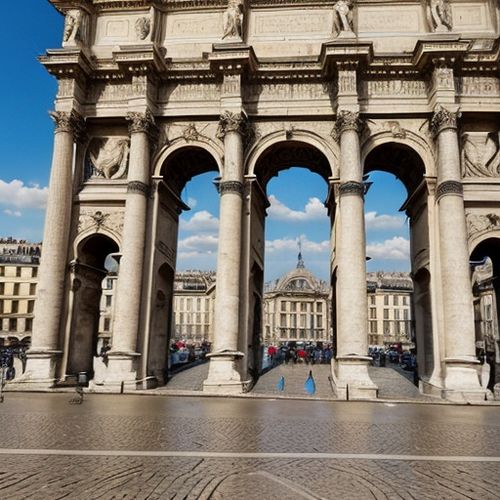
By Laura Wilson/Apr 14, 2025

By Joshua Howard/Apr 14, 2025

By John Smith/Apr 14, 2025

By George Bailey/Apr 14, 2025

By Thomas Roberts/Apr 14, 2025

By Amanda Phillips/Apr 14, 2025

By Daniel Scott/Apr 14, 2025

By John Smith/Apr 14, 2025

By Amanda Phillips/Apr 14, 2025

By Christopher Harris/Apr 14, 2025
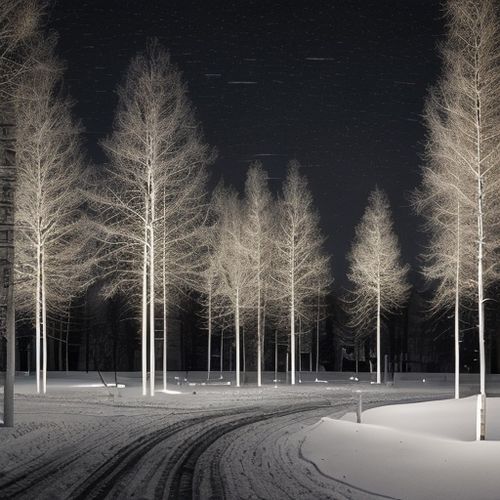
By Eric Ward/Apr 14, 2025

By Eric Ward/Apr 14, 2025

By David Anderson/Apr 14, 2025

By Thomas Roberts/Apr 14, 2025
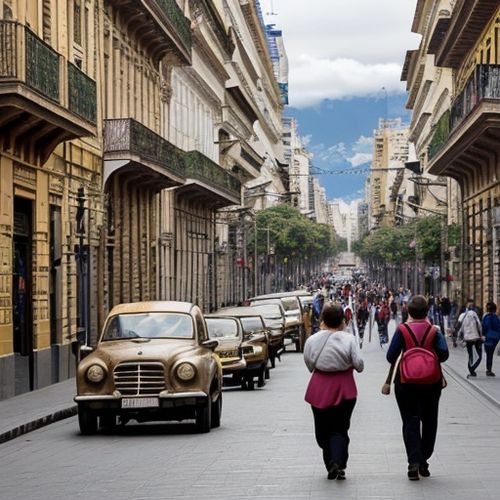
By Grace Cox/Apr 14, 2025

By George Bailey/Apr 14, 2025
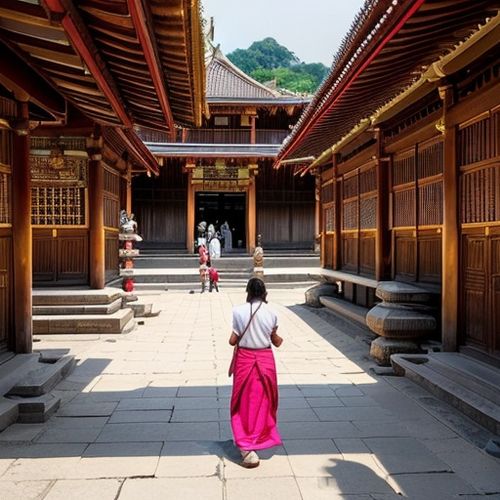
By Ryan Martin/Apr 14, 2025

By Thomas Roberts/Apr 14, 2025
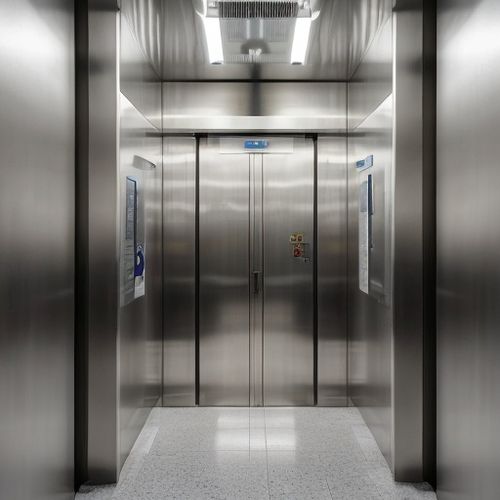
By Samuel Cooper/Apr 14, 2025

By Rebecca Stewart/Apr 14, 2025